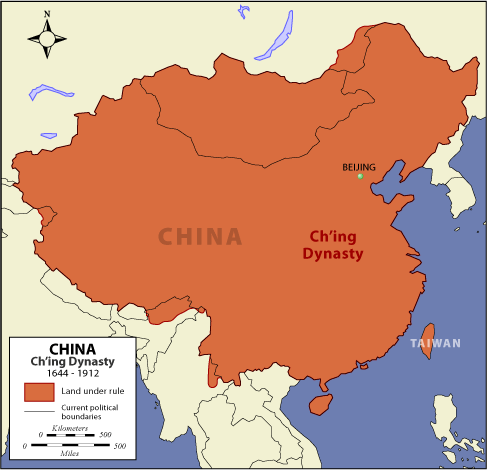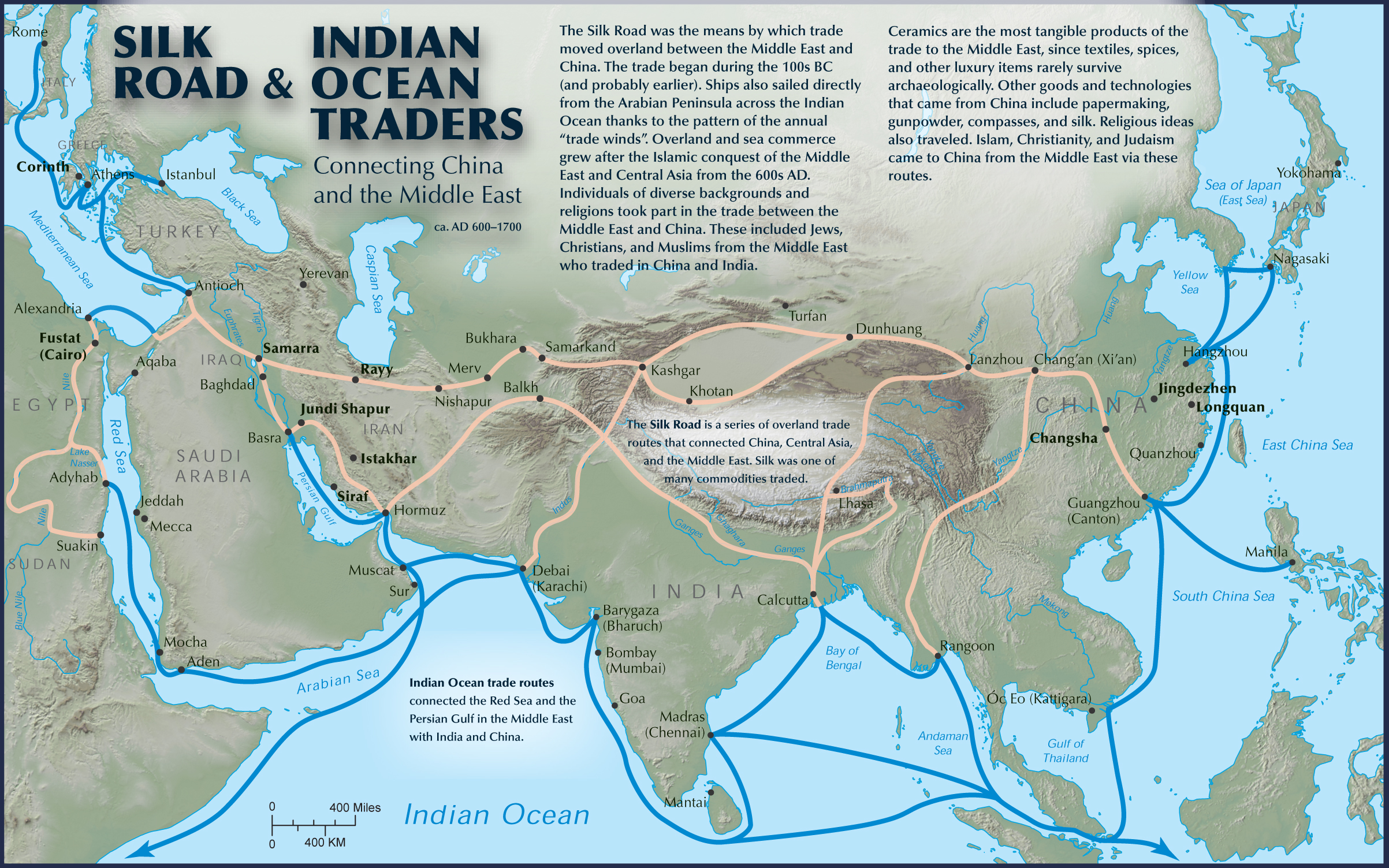


It is not by any means an encyclopaedia but the author is very thoughtful, and the book is a creative whole, and for this view alone the book is worth our attention, but with the extensive appendices and endnotes a place should be found for it in our libraries." -Roger Bantock, Middle Way "This is an interesting readable book, and one that keeps the reader's interest through all of its 472 pages.

Beckwith is one of those scholars whose almost innumerable footnotes can be relished for their wonderfully obscure detail." -George Fetherling, Diplomat & International Canada " is quite a feisty writer, as in his hot-tempered preface excoriating post-modern thought. In retelling the story of the Old World from the perspective of Central Eurasia, Beckwith provides a new understanding of the internal and external dynamics of the Central Eurasian states and shows how their people repeatedly revolutionized Eurasian civilization.īeckwith recounts the Indo-Europeans' migration out of Central Eurasia, their mixture with local peoples, and the resulting development of the Graeco-Roman, Persian, Indian, and Chinese civilizations he details the basis for the thriving economy of premodern Central Eurasia, the economy's disintegration following the region's partition by the Chinese and Russians in the eighteenth and nineteenth centuries, and the damaging of Central Eurasian culture by Modernism and he discusses the significance for world history of the partial reemergence of Central Eurasian nations after the collapse of the Soviet Union.Įmpires of the Silk Road places Central Eurasia within a world historical framework and demonstrates why the region is central to understanding the history of civilization.

In addition, he explains why the heartland of Central Eurasia led the world economically, scientifically, and artistically for many centuries despite invasions by Persians, Greeks, Arabs, Chinese, and others. Christopher Beckwith describes the rise and fall of the great Central Eurasian empires, including those of the Scythians, Attila the Hun, the Turks and Tibetans, and Genghis Khan and the Mongols. Draw and label the icons for the traded items placing them on the map in the country from which they were traded.The first complete history of Central Eurasia from ancient times to the present day, Empires of the Silk Road represents a fundamental rethinking of the origins, history, and significance of this major world region. Create an icon for each of the trade items located on the back of the Silk Road Map.Maps can become a resource for other activities. For example, students could: 1.) Map the route of Alexander the Great, including key cities during his stay in Afghanistan and the location of various battles 2.) Make drawings representing natural resources found in Afghanistan 3.) Use it to log events currently occurring in Afghanistan, politically and militarily. ancient sites/cities: Underline or highlight.key cities of today: Label those listed on the worksheet.mountain and river features: Label those listed on worksheet.current neighboring countries: Label and color according to the list on the worksheet.Using atlas references, students label with colored pencils the following in this order:.student atlas books) 4.) Colored pencils for students to label maps 5.) Silk Road Map 6.) Silk Road Trade List worksheet Content Standards (California): HSS 6.6.7: Cite the significance of the trans-Eurasian “silk roads” in the period of the Han Dynasty and Roman Empire and their locations.ġ.) Afghanistan Map: Teacher Version (with cities, ancient sites, and bordering countries labeled-as a teacher resource/answer sheet) 2.) Afghanistan Map: Student Worksheet (teachers should make copies for the class 3.) Map resources for the students (e.g.


 0 kommentar(er)
0 kommentar(er)
